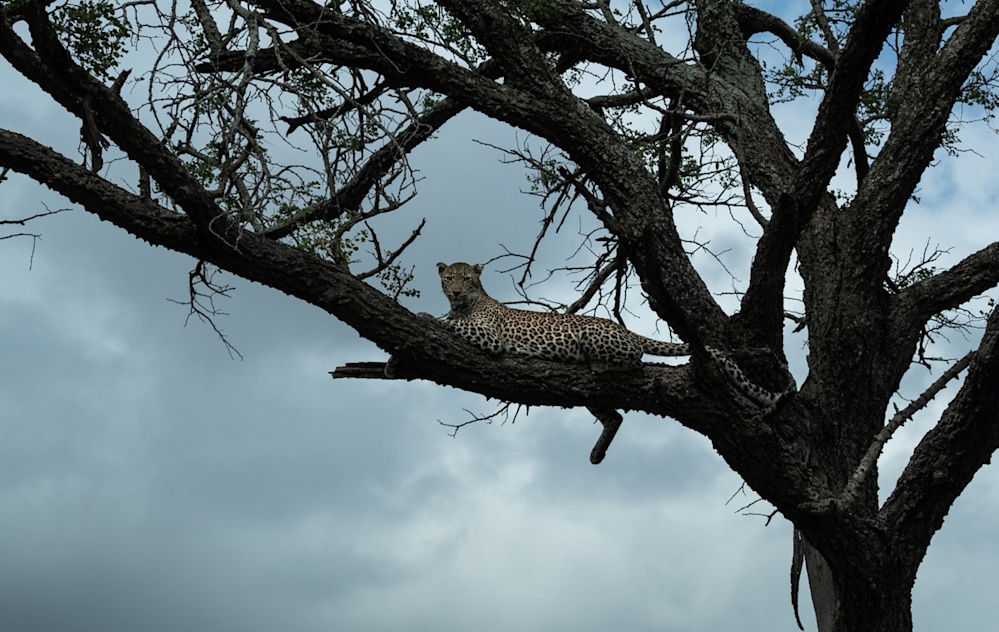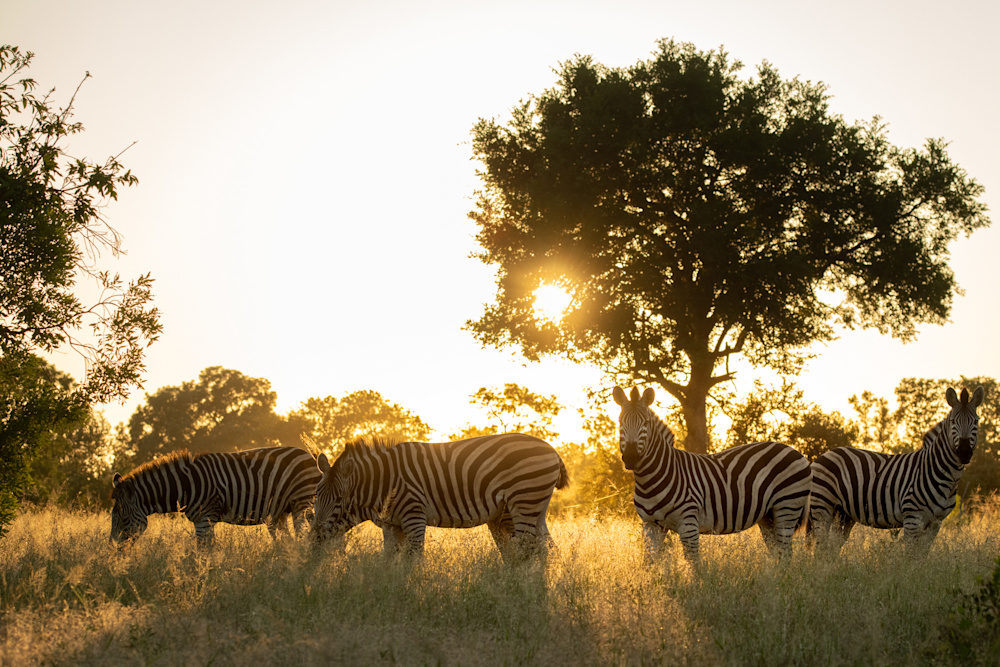January 2023
Singita Sabi Sand: January 2023
Share:
Singita Sabi Sand: January 2023
An unusual scene surrounds us as we set out to explore Singita in the Sabi Sand. Grasses have changed from a vibrant green to a straw yellow, leaves have wilted and flowers are turning to seed. Seasonal pans are now nothing more than cracked mud wallows while prominent game paths bisect the savanna leading to the last bit of standing water. This is a more typical environment for the shoulder seasons than that of the height of the lowveld summer. Sustained heat has consumed the reserve for the past month, with little rain. However, there is the feeling that something is brewing and it is only a matter of time before the heavens open and bless us with nature’s life blood.
Here’s an overview of January’s sightings:
Lions
It is fantastic to see the condition of the Talamati pride - five adult lionesses that seem to be finding a territory along the Sand River close to the lodges. They have had success in hunting a zebra close to Camp Pan and, on a few occasions, have been found in the open plains directly opposite Ebony Lodge. We look forward to their rise in dominance.
The Mhangeni Pride is holding their own in the south as they trail the herds of buffalo that are still grazing in the gabbro-dominated grasslands. The lioness with the limp on her back left leg seems to be recovering well and her condition is far better than in previous months.
The Plains Camp male lions are a sight to behold. Their manes are filling out and a beautiful dark tone can be seen growing throughout. With the fall of the older Birmingham male lion, the central and western part of the Sabi Sand is now theirs.
From time to time, we encounter the Nsevu breakaway sub-adult lions - four males and one lioness. We savour each sighting with them as it is only a matter of time before they disperse. Or will they? To the north of the Sand River is a vast woodland that remains relatively unoccupied regarding male lions. This has often been a place where “new” lions to the region are found as they take refuge in this heavily vegetated part of the reserve. Perhaps they too will do the same and come into their own like so many before them.
Leopards
The new kid on the block, the Tsutsuma female leopard has been seen on two occasions on the wrong side of the Mobeni female. The recently independent two-year-old has been sighted around Khoza Pan and the Mobeni female was not happy with her intruding on her shrinking territory.
The Nkuwa female has prominent suckle marks on her lower belly. We only expect to see the cubs late next month, and we look forward to her hopefully raising these cubs in the eastern part of Singita. The rocky surroundings are perfect for denning and will hopefully play host to the development and well-being of the cubs.
In the north the Kangela male has taken a liking to the marula-dotted crest around Makalashi Lookout. This young leopard has recovered well from his altercation with the Thamba male and, clearly, he has received the message as he has not been sighted once this month south of the Sand River, the territory of Thamba.
The Schotia female does not have cubs, and is looking in great condition.

Elephants
We never tire of watching elephants and there has been no shortage of the pachyderms. Their presences is noticeable as mud wallows grow larger due to the regular mud baths, while at the base of the marula trees grasses have been trampled as the herds search for fallen fruits. Herds can be seen hastily moving from tree to tree in the hope of finding tasty seasonal delights.
Buffalo
There have been frequent sightings of big herds of buffalo in the southern region. They have a major influence in grassland succession by churning the soil and encouraging new growth.
Plains game
We have been spoiled by an abundance of zebra in the south. Large dazzles still graze in the south, something that is rarely seen at this time of the year. Often the herds move east into the basalt-rich soil of the eastern Greater Kruger. Perhaps the lack of rain in the region and the new grasses in the south have kept them here.

Bird List
Specials for the month included the African finfoot, Kittlitz’s plover, European nightjar and white-headed vulture. In total we saw 177 different species.


By Jenny Hishin
Author / Field Guide